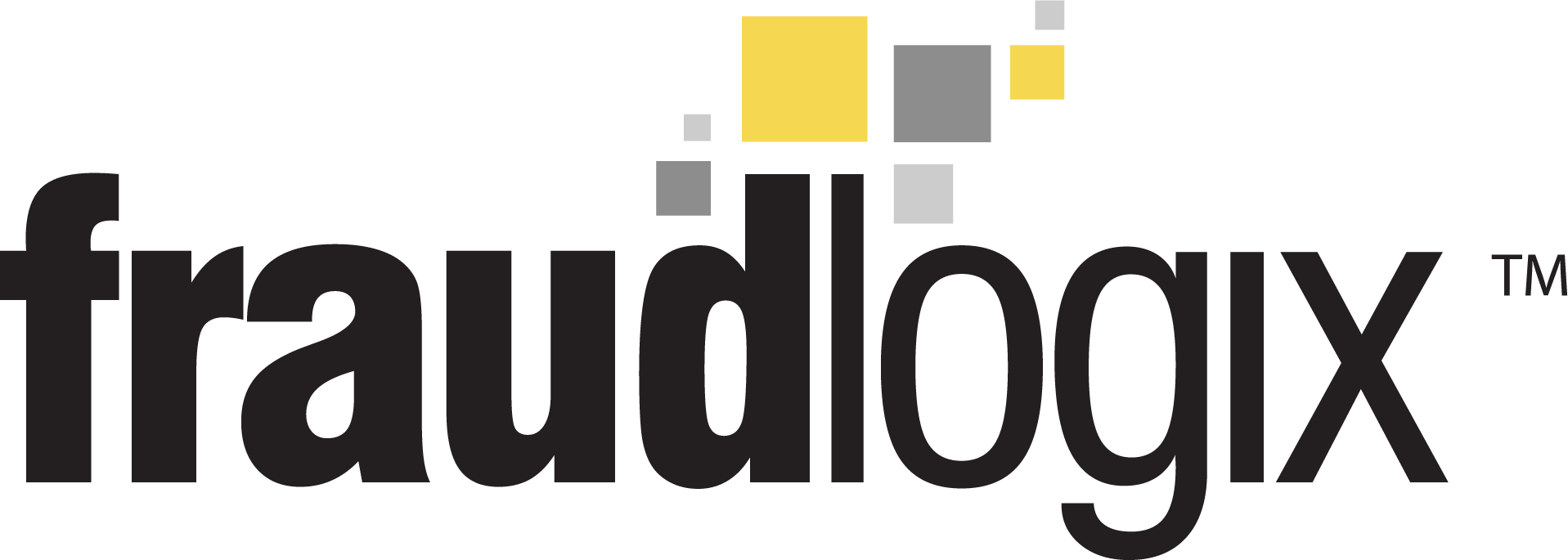As an affiliate marketer, one of the biggest challenges you’ll face is ad fraud. Ad fraud is a widespread problem that can cost businesses billions of dollars each year, and it can be particularly damaging to affiliate marketers who rely on accurate data to make decisions about where and how to promote products and services.
Fortunately, there are steps you can take to prevent ad fraud and protect your affiliate marketing program. One of the most important is ensuring that you have high-quality data that accurately reflects user behavior. In this article, we’ll explore the importance of data quality in preventing ad fraud and how data analytics can be used to detect and prevent fraudulent activities.
The Importance of Data Quality in Preventing Ad Fraud
Data quality is crucial in detecting and preventing ad fraud in affiliate marketing. High-quality data is accurate, complete, and up-to-date, and it provides a clear and reliable picture of user behavior. Low-quality data, on the other hand, can lead to inaccurate conclusions and make it harder to detect fraud.
There are several factors that can impact data quality, including the data sources you use, the methods you use to collect data, and the tools you use to analyze it. To ensure that you have high-quality data, it’s essential to:
- Choose reliable data sources: Use reputable sources for your data.
- Collect data in a consistent manner: Make sure you collect data in a consistent and standardized way, so that you can compare it accurately over time.
- Regularly audit your data: Regularly review and audit your data to identify any discrepancies or inconsistencies, so that you can correct them promptly.
The Use of Data Analytics to Detect and Prevent Ad Fraud
Data analytics plays a critical role in preventing ad fraud by identifying patterns and anomalies in user behavior. Advanced analytics techniques, such as machine learning and artificial intelligence, can help detect fraudulent activities.
Some of the data analytics techniques commonly used in ad fraud prevention include:
- Anomaly detection: This technique involves identifying unusual or unexpected behavior in user data, which could be indicative of fraud.
- Clustering: This technique involves grouping data points together based on similarities in behavior, which can help identify patterns of fraudulent activity.
- Predictive modeling: This technique involves using historical data to develop models that can predict future fraudulent behavior.
By using these techniques, you can identify potential instances of ad fraud and take action to prevent it from occurring.
Main Things to Know About Preventing Ad Fraud in Affiliate Marketing
If you’re an affiliate marketer looking to prevent ad fraud, here are some key takeaways:
- Always make sure you have access to high-quality data that accurately reflects user behavior.
- Use data analytics to identify patterns and anomalies in user behavior, and be prepared to adjust your strategy based on what you learn.
- Make sure to stay up-to-date on the latest ad fraud trends and techniques, and be proactive about preventing fraud before it happens.
- Consider partnering with a reputable ad fraud prevention provider to help you stay ahead of the curve and protect your affiliate marketing program.



